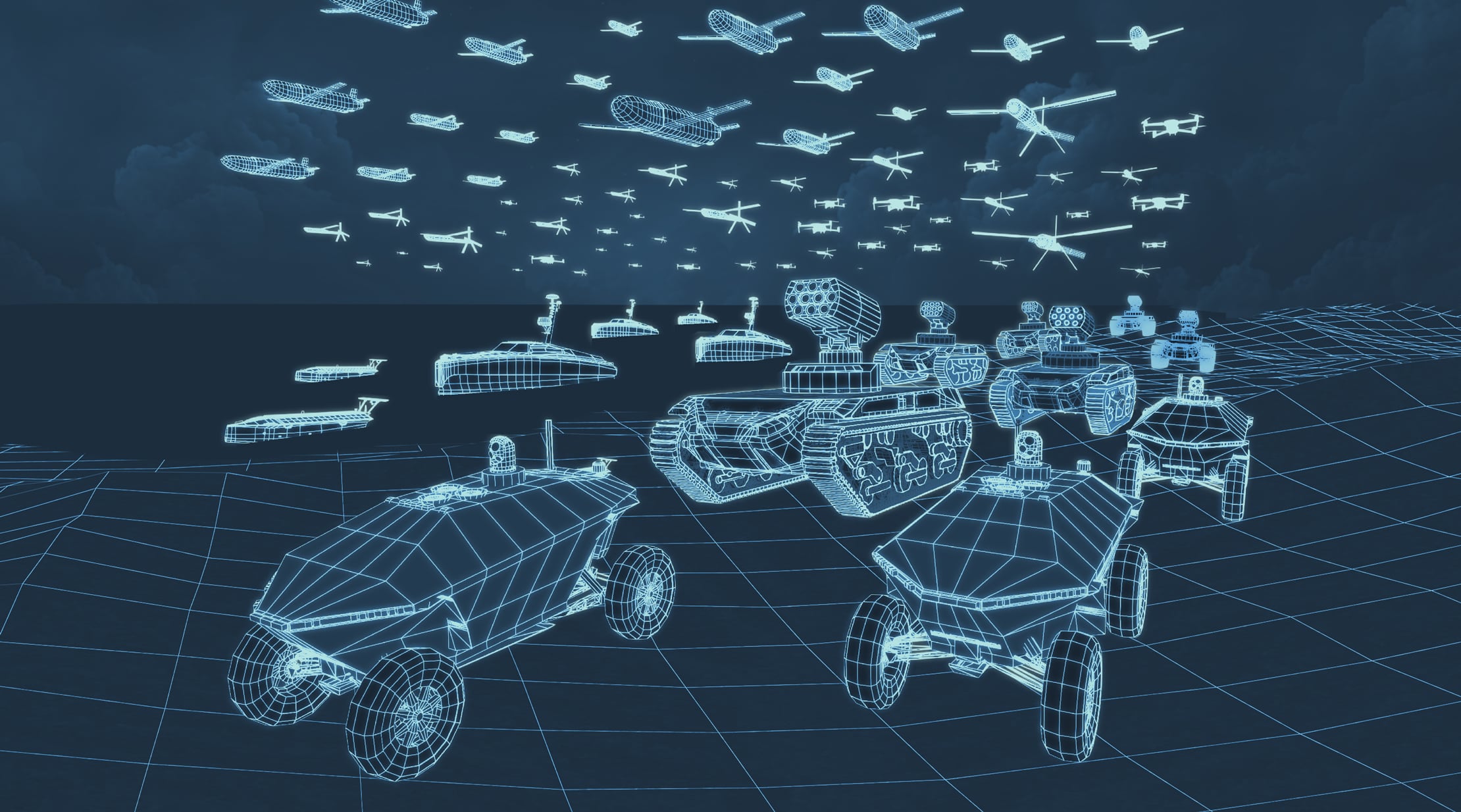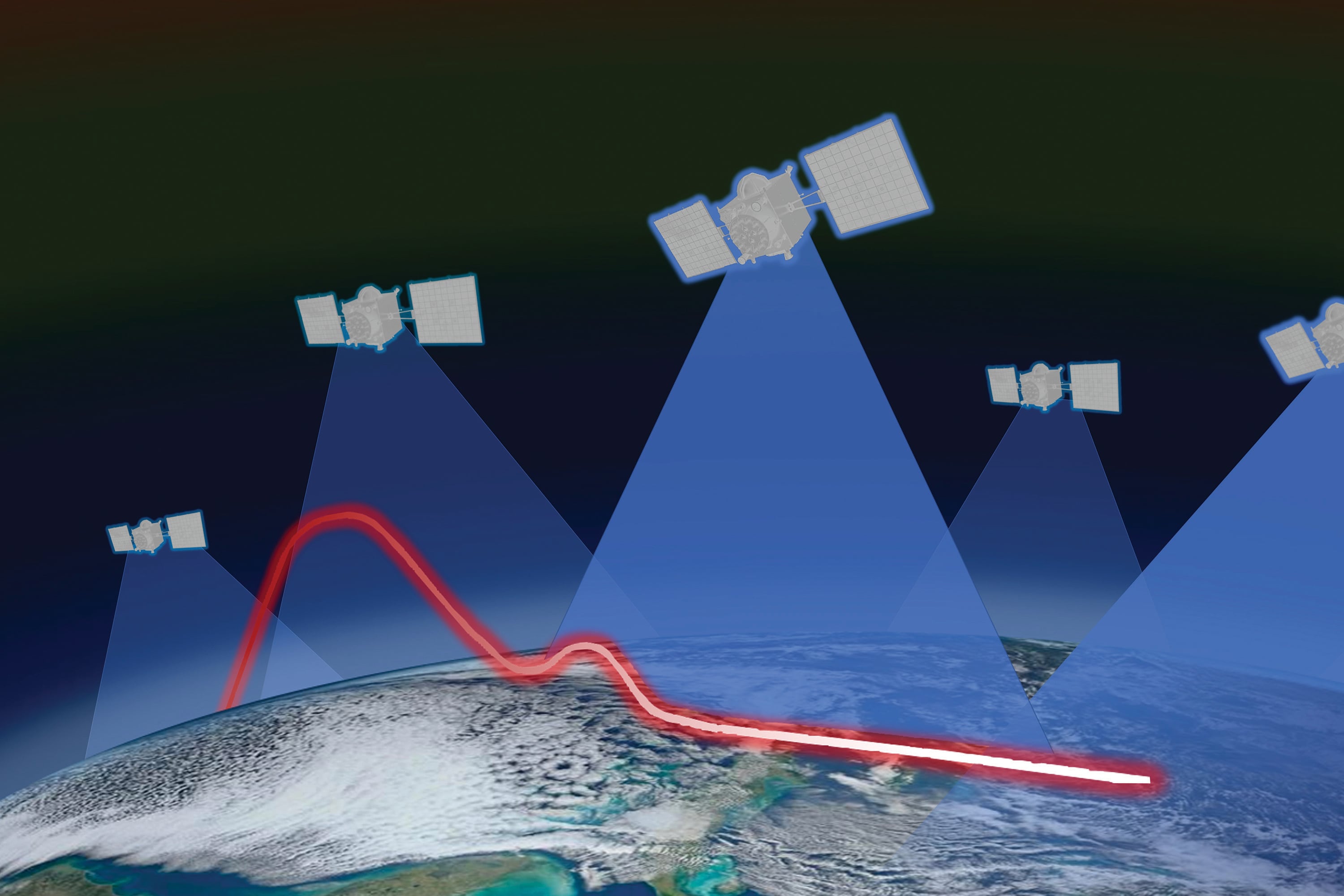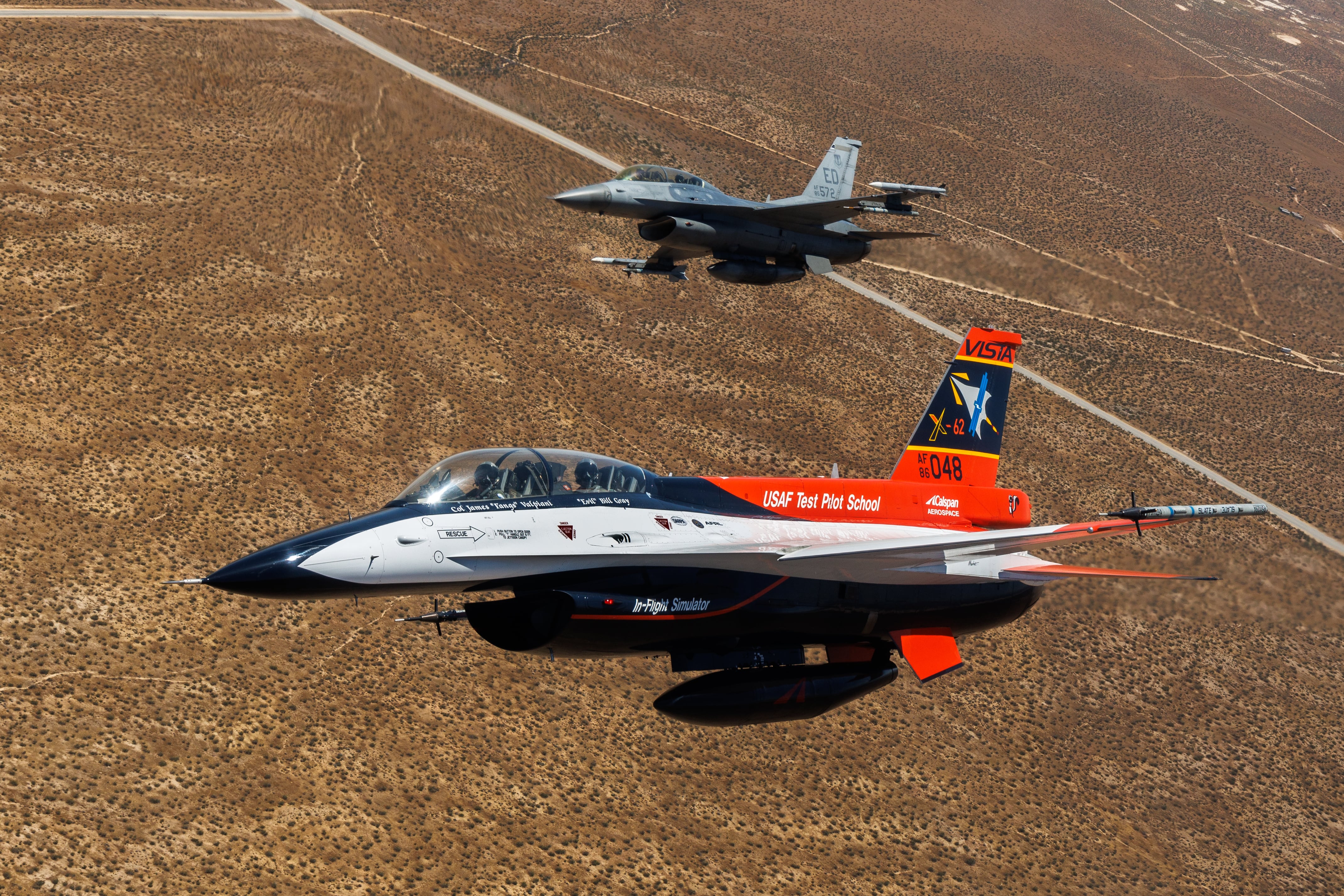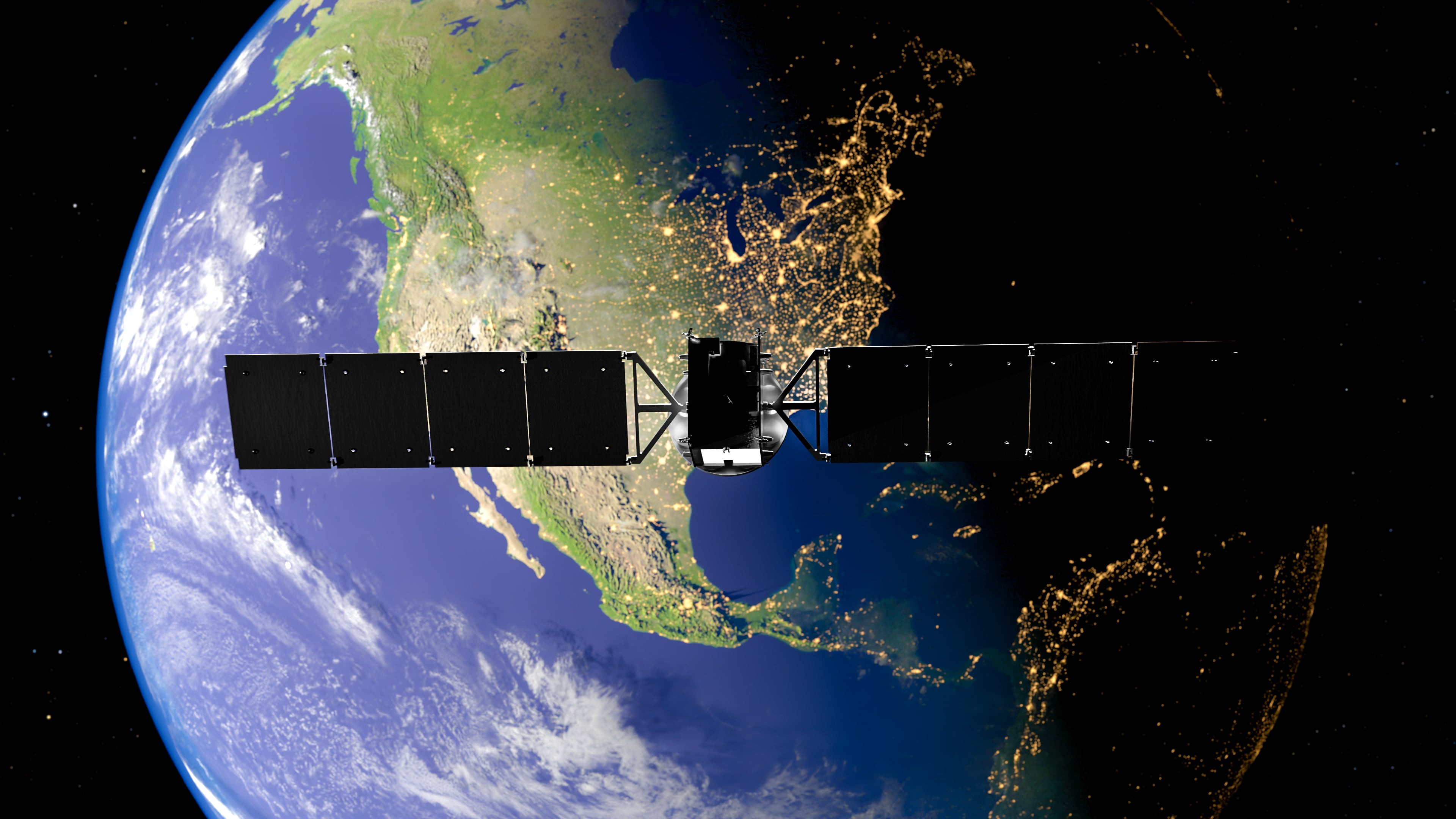On the showroom floor of the AUVSI conference, held May 4 through May 6 in Atlanta, there were plenty of the well-known defense organizations and their military-focused unmanned offerings. But more than ever, there were models – and chatter – about the growing number of commercial applications for unmanned aerial systems.
"I've been coming to the AUVSI shows for 15 to 16 years now, and what's really standing out to me is over the last two to three years I've seen a significant shift from focus on military systems to focus on commercial systems," said Dave Duggan, president of unmanned systems at L-3 Communications. "I'm seeing a lot of commercial UAV companies, a lot of the quadcopters and small UAVs from the commercial world. It's been interesting to see how the show has shifted toward those types of companies and UAVs."
Across the board, many of the technologies aimed at the defense market are at least capable of, if not expressly intended for, commercial applications, including in the oil and gas and agricultural sectors.
UTC Aerospace Systems' new C-B4 system, new to the market and slated for demonstration this summer, is one example. The 48-pound system provides imaging and real time information describing the type and location of targets – or cities, swaths of land or other objects – using seven discrete spectral bands. The system comprises mostly commercial-off-the-shelf components and is connected via Ethernet.
The C-B4 is scalable down to the size of a cell phone and uses less than 150 watts of power, but is capable of imaging a city the size of Atlanta in about a day, according to Winfield Trafton, manager of market solutions at UTC Aerospace.
"It's not the power of the imagining system, it's the knowledge that it's giving the customer. Every customer, especially commercial markets, wants actionable information…this is enabling the information that I need to know what's going on in my particular market," Trafton said. The concept of processing, exploitation and dissemination of information "was developed for military applications, but we're actively leveraging this in commercial markets. There are lots of problems in commercial markets that we can be solving with our imaging systems coupled with PED to give them that actionable information."
Aerovironment produces the Switchblade drone that the Marines recently launched kamikaze-style off the back of a flying MV-22 Osprey – a prime example of the military's transformational use of UAVs in coordination with technology not necessarily designed with drones in mind. The company also makes the Puma reconnaissance UAS, which uses LIDAR in military operations as well as in the oil and gas industry, according to Steve Gitlin, Aerovironment vice president for marketing strategy and communications.
Related: Marines test kamikaze UAV
"We're using the Puma, along with a service solution we've developed, to provide a major oil company with much better understanding of the infrastructure in the oil slope of Alaska. With the kinds of things we're doing, modeling the roads and pipelines and infrastructure, they've said what normally takes them seven days with a manned crew to survey 3 kilometers of pipeline we can do in 30 minutes," Gitlin said. "LIDAR technology is showing great promise for unmanned aircraft systems in modeling and mapping vast infrastructure – roads, bridges, dams, waterways, landing zones – you name it, can rapidly scan it with great accuracy and ensure your systems are performing better."
The logistical capabilities of UAV technologies make them appealing for a range of markets, and that appeal was underscored at AUVSI in the multi-purpose applications exhibited.
At L-3, the company's new Apex UAS was prominently displayed, boasting the ability to be operated by no more than three personnel, a small portable launcher and battery-powered electric operation with seven-hour endurance, Duggan noted.
"Apex is all about logistics – get in and get out fast," he said.
It's also one more UAS that is primed for commercial use, pending Federal Aviation Administration rules governing operation of drones under 55 pounds.
"It's starting out in defense, but it can easily go commercial once we get over the weight limit restrictions," Duggan said.








